VSU biologists develop the first ecosystem health scorecard in the Visayas
- Details
- Written by Marianne C. Bayron
-
Published: 10 May 2023
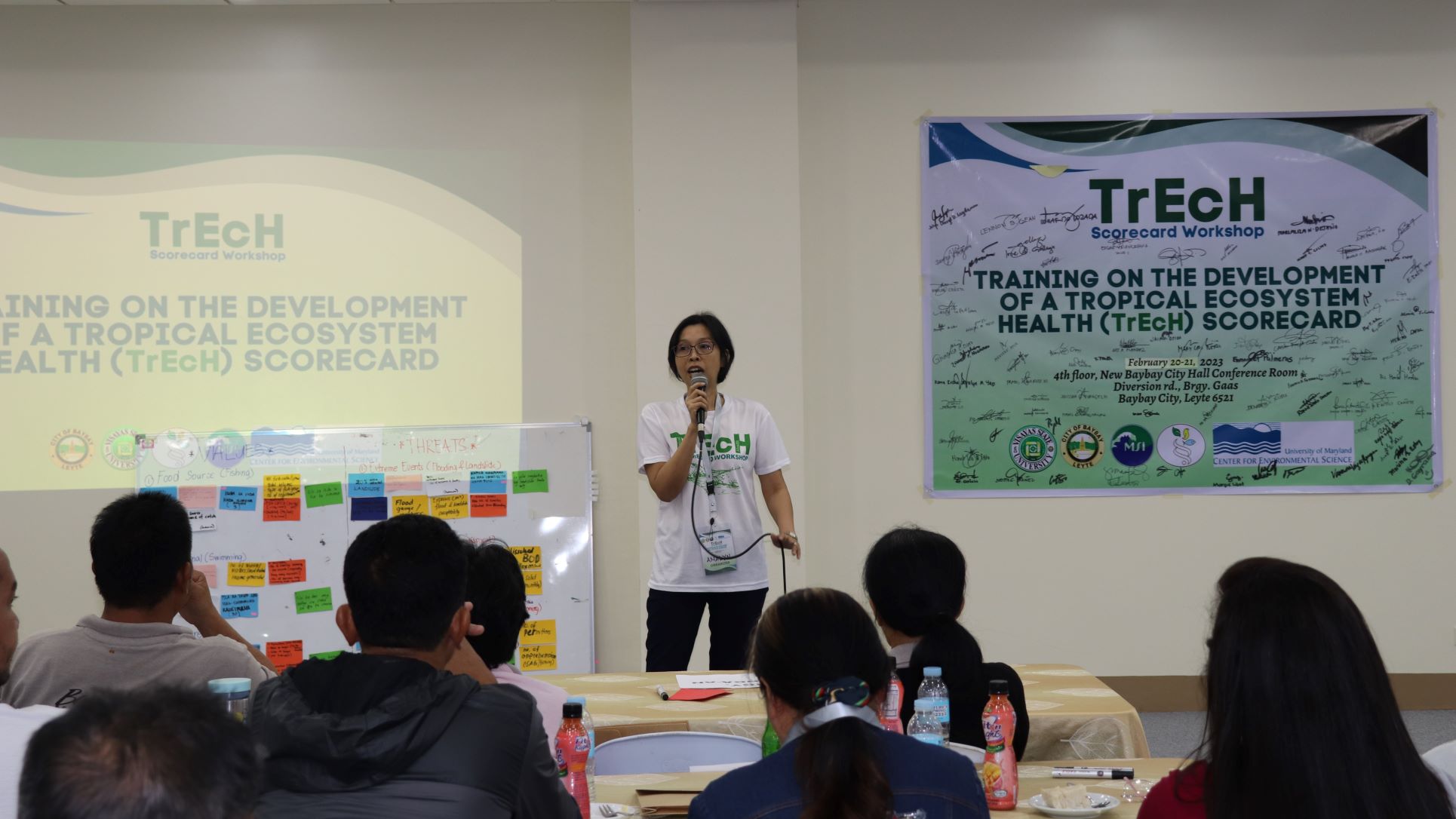
Assessing and monitoring the status of our freshwater ecosystems, such as lakes and rivers, is often overlooked and underrated. To address this behavioral gap and hopefully establish a model scheme for conserving and protecting these ecosystems, a group of researchers from the VSU Department of Biological Sciences (DBS) led by Dr. Analyn Mazo, implemented a three-year project on the development of a Tropical Ecosystem Health (TrEcH) Scorecard for the Pagbanganan River, one of the largest river systems here in Baybay City, Leyte.
The VSU Internationalization Program has made this project a reality. VSU collaborated with the University of the Philippines - Diliman, Marine Science Institute (UP-MSI), and the University of Maryland - Center for Environmental Science (UM-CES) through Dr. Charissa Ferrera and Dr. Vanessa Vargas-Nguyen, respectively.
Although this kind of ecosystem health assessment strategy is already a regular practice in foreign countries like Canada and USA, in our country, it has been implemented in Laguna de Bay only once. At present, VSU is replicating the methods for freshwater ecosystems while two other similar projects are being conducted in Manila Bay and Lingayen Gulf, which are focused on marine ecosystems and their resources.
This project is composed of five interrelated studies that aim to capture scientific findings that policy-makers, agencies, and the community can reflect on in making holistic environmental policies for the conservation and management of the rich biodiversity in the Pagbanganan River.
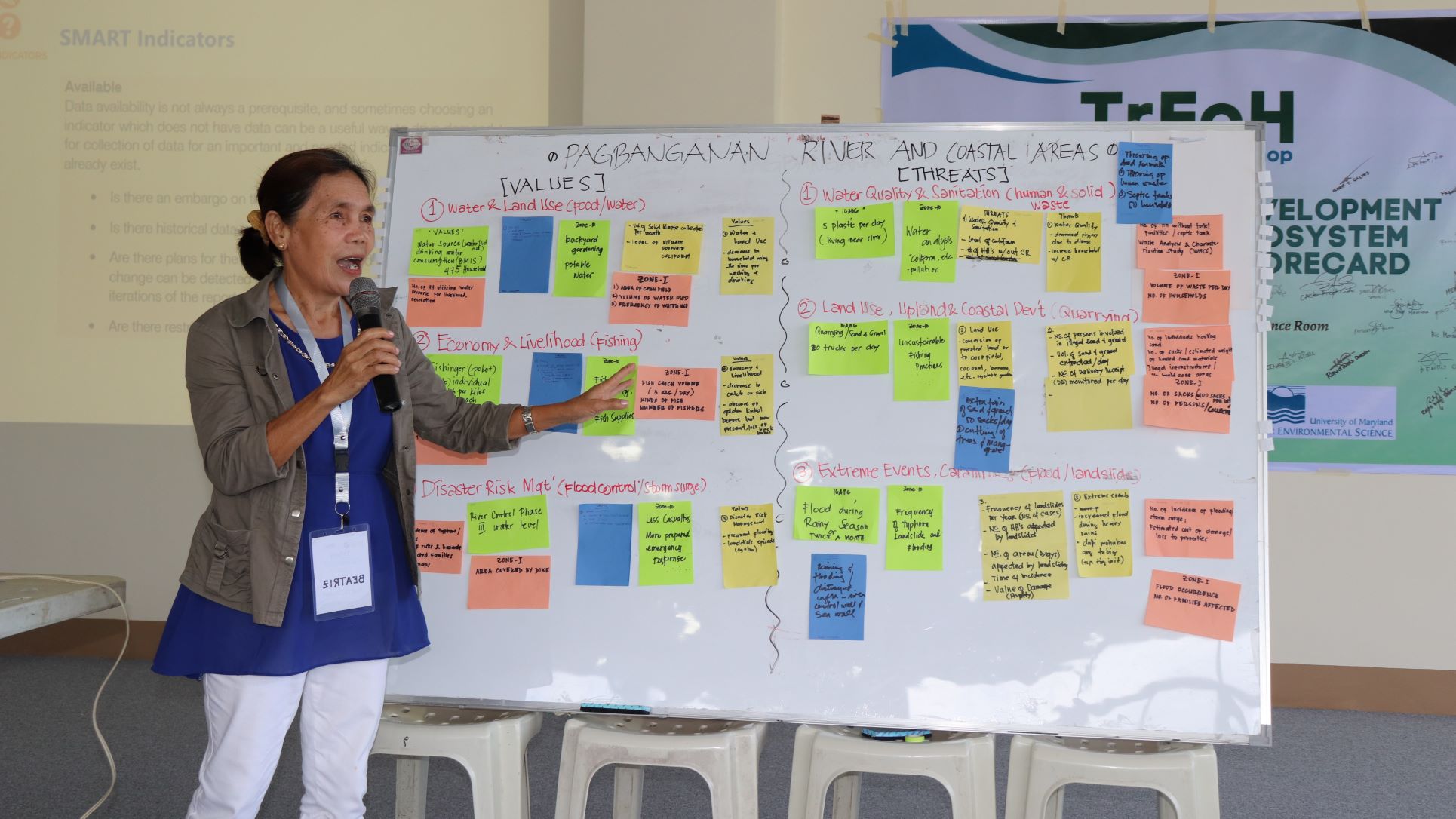
One of the TrEcH project proponents, Mr. Rafael Junnar Dumalan said in an interview that the ultimate goal of this project is the establishment of a manual that contains a step-by-step scorecard assessment that will hopefully be adapted by local government units (LGUs) and national government agencies like the Department of Environment and Natural Resources (DENR).
“We want to make it a routine if possible. [The] routinary activity of each local government [units] to the minimum to determine the status of their ecosystems, may it be rivers, lakes, and even coastal areas. This scorecard aims to tie up all scientific findings and make a monitoring scheme with an equivalent ecological index that will encompass everything–from biodiversity to human welfare, including the policy-making aspect,” Mr. Dumalan emphasized.
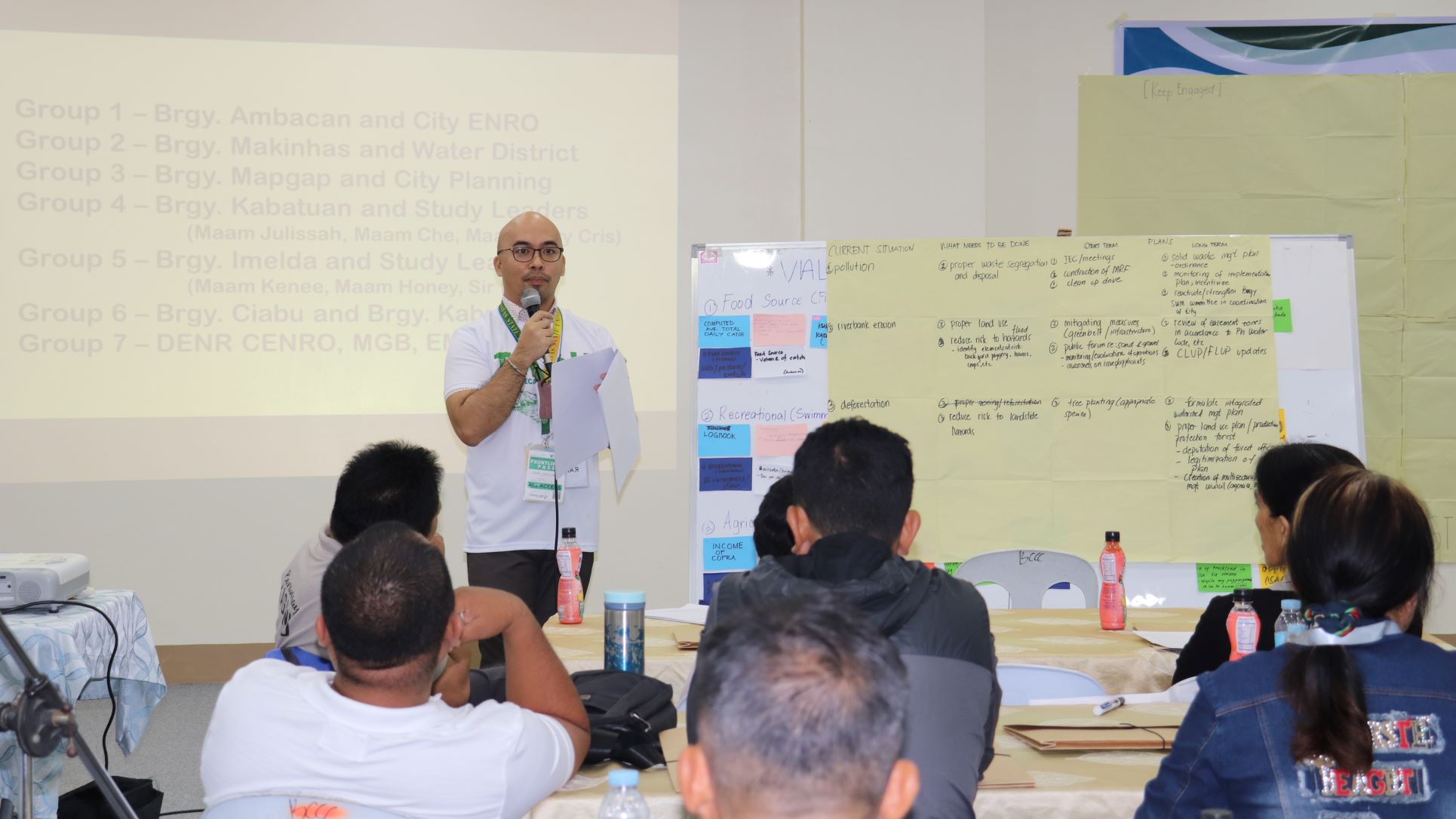
TrEcH Scorecard Workshops
To begin with their project, the team conducted two separate workshops in January and February of this year to understand how the people perceive the value of their environment, in this case, the Pagbanganan River.
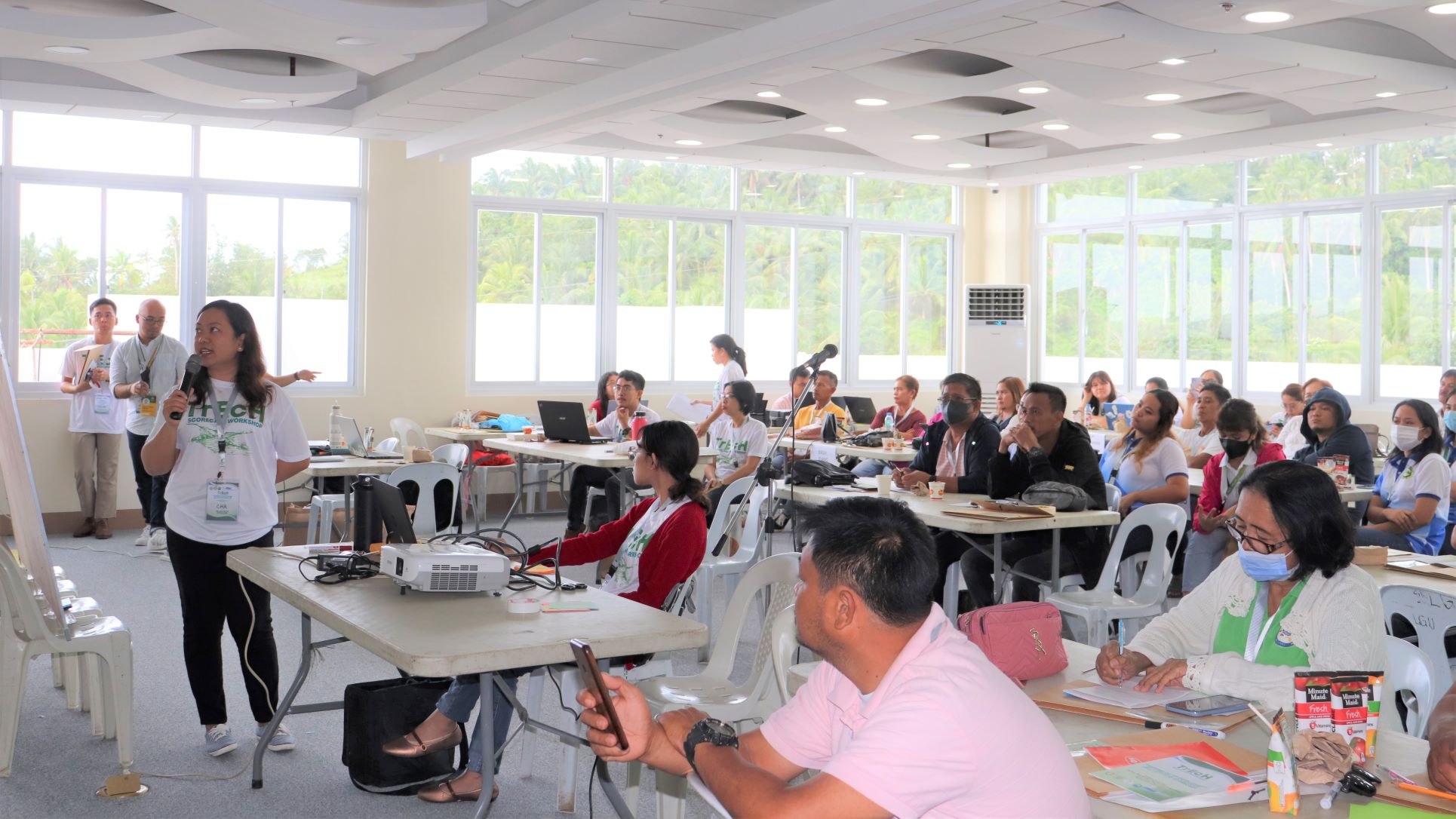
The workshops are intended to gather people in the community (mostly key officials and agencies) so they will have active participation and involvement in the development of the health scorecard that will soon become a model monitoring and assessment scheme for the ecosystems.
“We want the people to be involved in the project. Our goal is to let the people be aware of the status of the river first. We hope that with this study, people will be able to appreciate the value of their ecosystem, not only for their benefit but because there are other organisms inhabiting the area. So, our goal is to identify pollutants and disturbances caused by man or maybe by natural events. So, by having enumerated all those disturbances, we will make recommendations to LGU. How will they address those problems by developing ecosystem and science-based policies,” Mr. Dumalan highlighted.
The activities of the workshops are the steps in making a scorecard, these include conceptual mapping that identifies and locates common human activities done in the Pagbanganan River by the residents. They also determine the values and threats and current issues, as well as the possible short-term and long-term plans of conservation and protection measures and policies for the river.
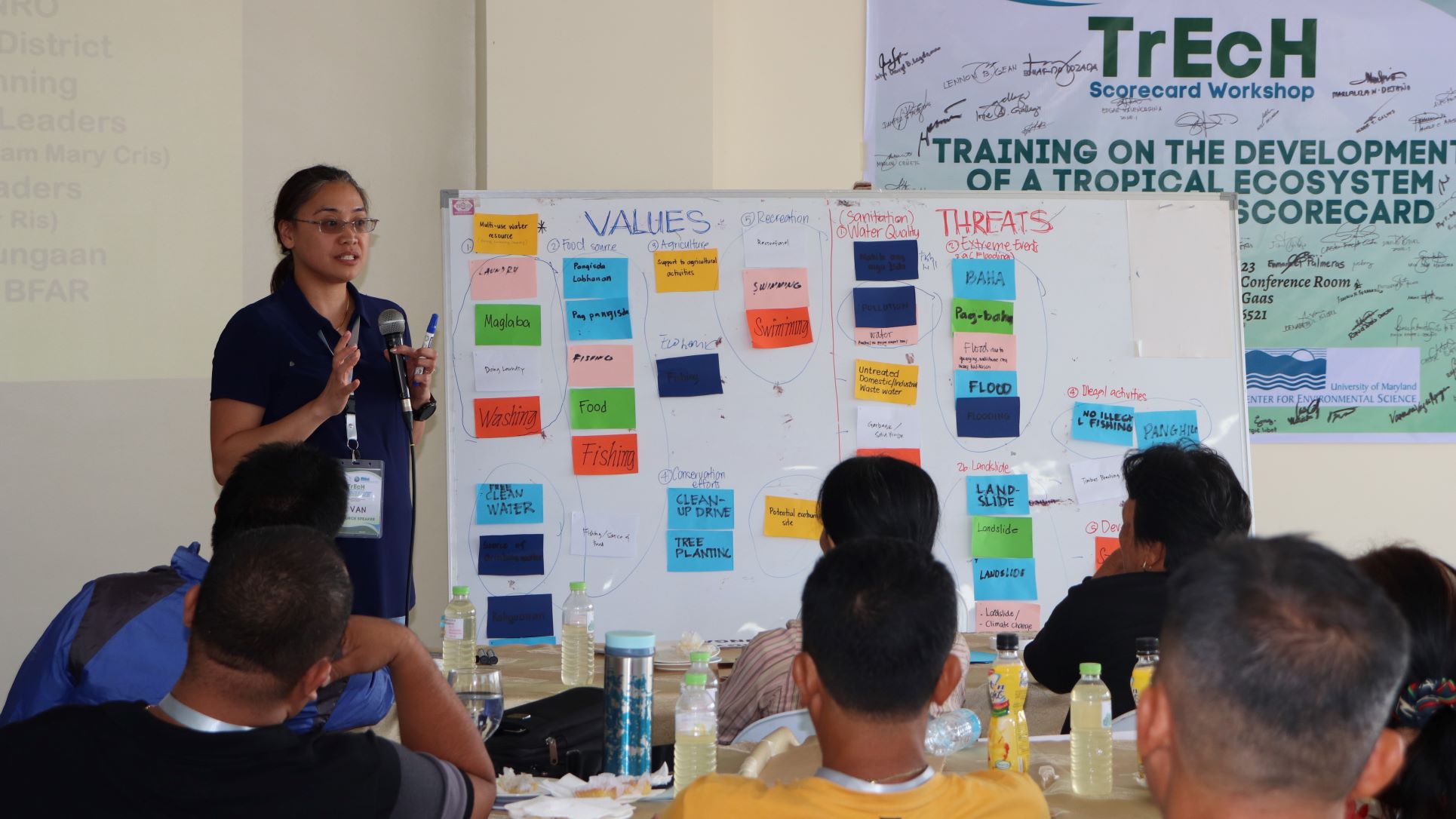
The first workshop was for the coastal and downstream areas in the Pagbanganan River Basin which was participated by council members of Brgy. Igang, Brgy. Kan-ipaa, Brgy. Candadam, Brgy. Sto. Rosario, Zones 1 and 10, alongside the concerned agencies of Baybay City, such as the Environment and Natural Resources Office (ENRO), the Department of Environment and Natural Resources - City Environment and Natural Resources Office (DENR-CENRO), the Coastal Resources and Fishery Management Office (CRFMO), and the City Disaster Risk Reduction Management Office (CDRRMO).
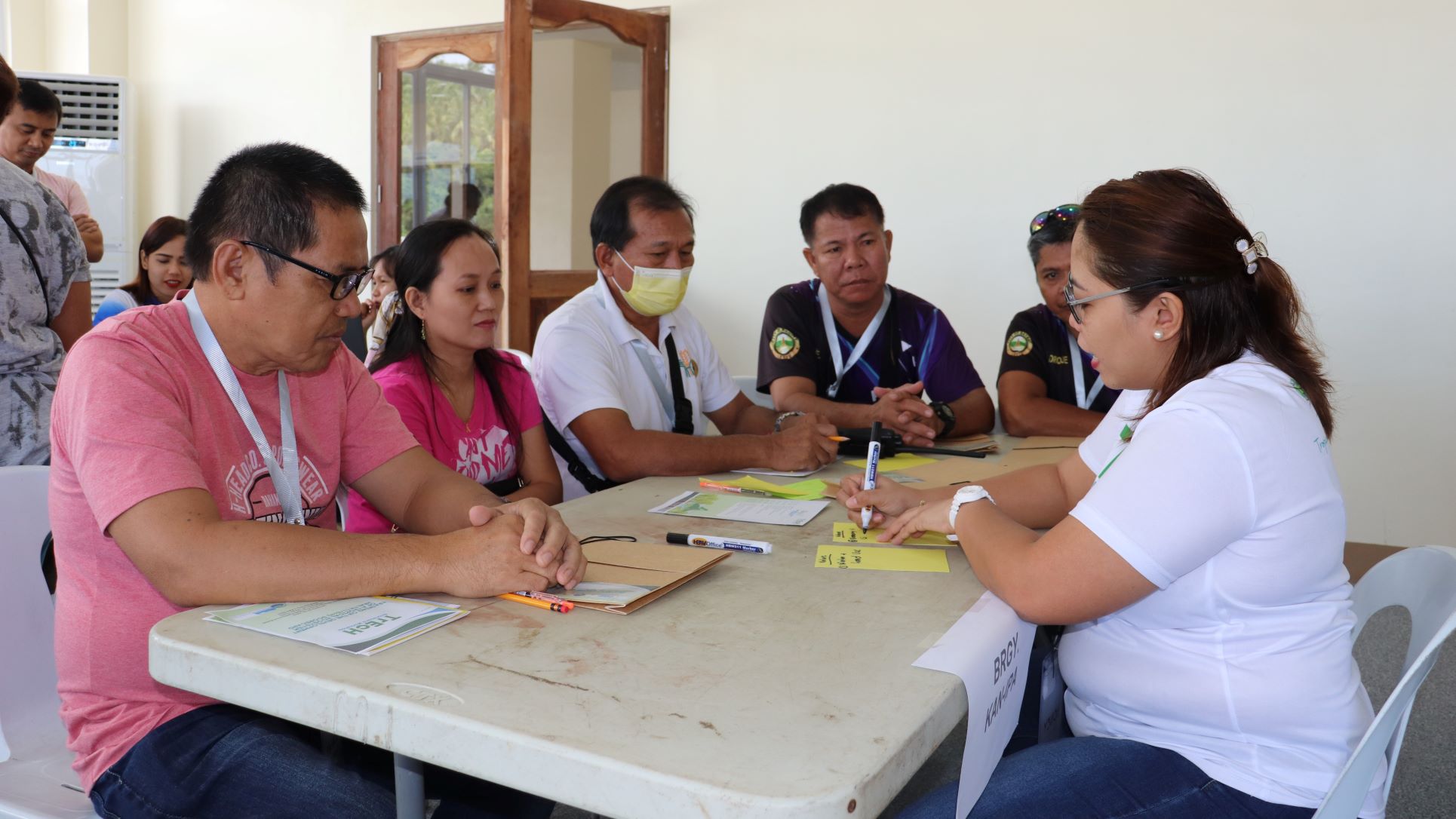
Right now, the river has been the source of food, recreation, agriculture, construction materials, such as sand and gravel, and rocks for the city's infrastructure projects. This serves as an eye-opener for the policy-makers and the constituents on how to protect the Pagbanganan River and sustain its water quality and biodiversity.
“[In this manner] the LGU can pinpoint what exact effect these unregulated actions and disturbances of the resources will have on their people, to them, to the community as a whole,” he explained.
Meanwhile, the second workshop was for the midstream and upstream areas attended by local leaders from Brgy. Ambacan, Brgy. Makinhas, Brgy. Mapgap, Brgy. Kabatuan, Brgy. Imelda, Brgy. Ciabu, Brgy. Kabungaan, City ENRO, Water District, City Planning, DENR-CENRO, Mines and Geosciences Bureau (MGB), Environmental Management Bureau (EMB), and Bureau of Fisheries and Aquatic Resources (BFAR).
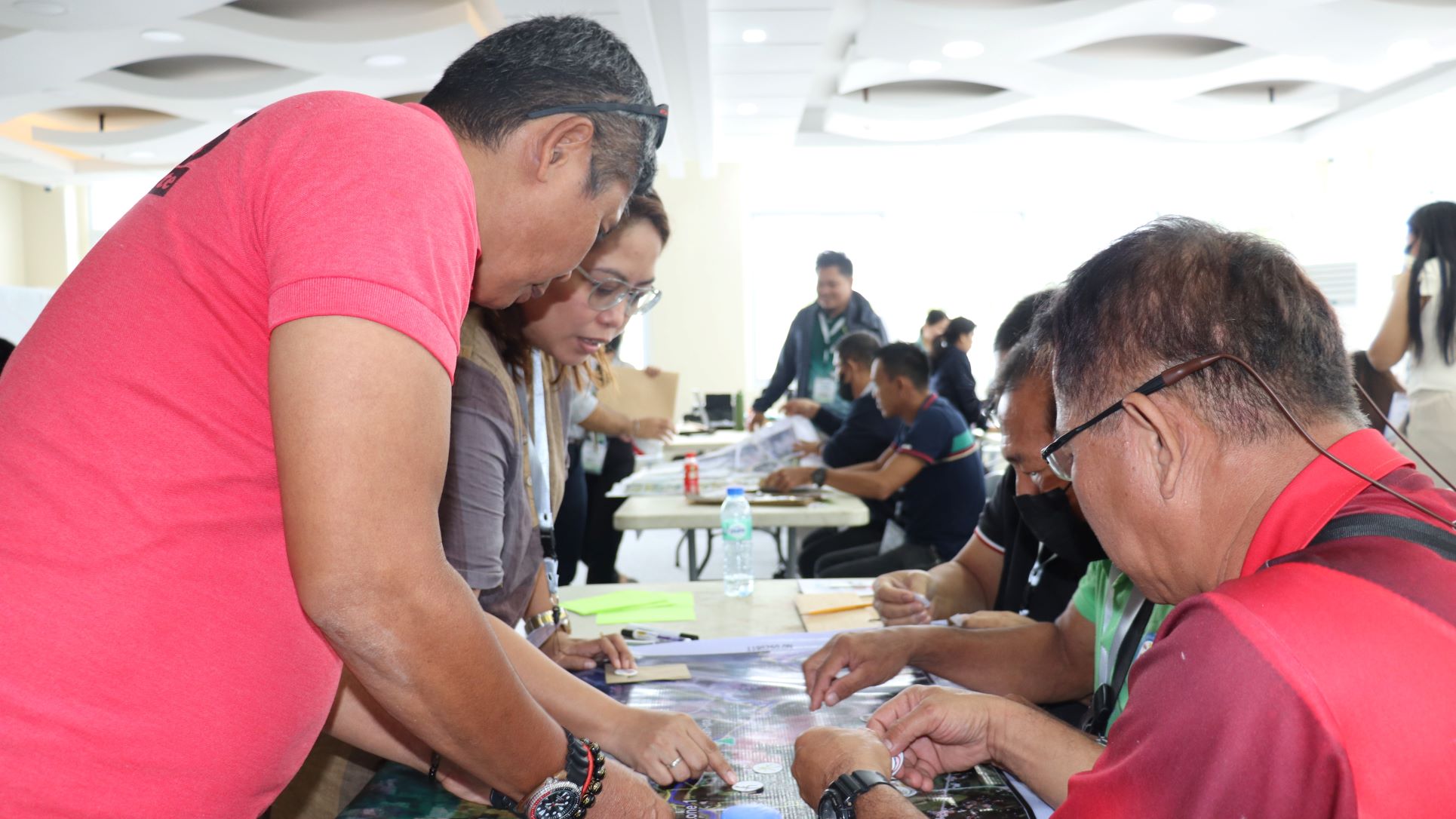
The research teams were doing their ongoing synchronized field monitoring to gather enough data to publish scientific findings and produce a well-thought scorecard for their TrEcH project.
The team is hopeful that this first-ever project on establishing an ecosystem health assessment and monitoring scorecard in Leyte will be a stepping stone in conserving the rich biodiversity of the region.
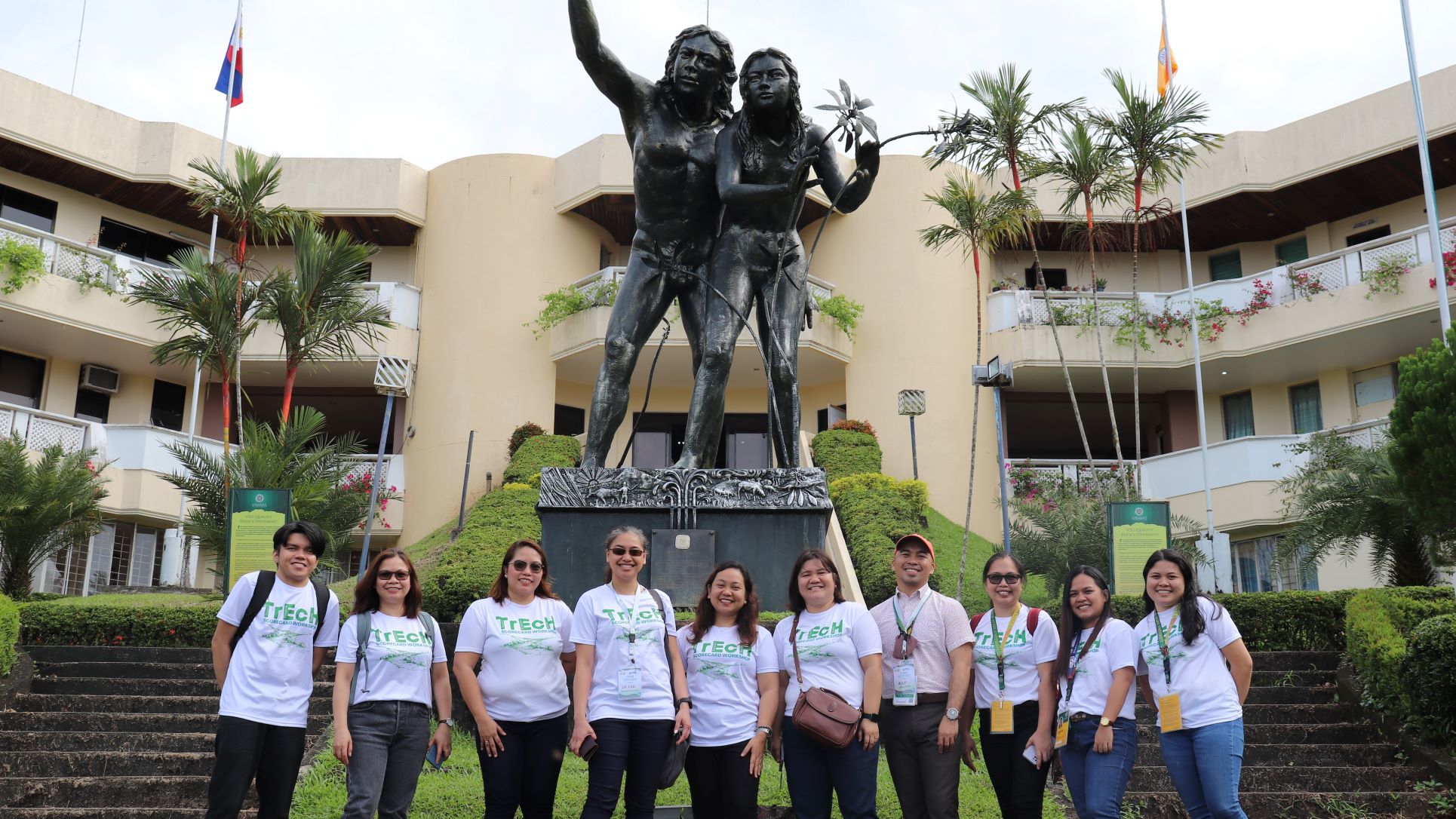
[All photos are courtesy of Mr. Chester Breech T. Cuta, Science Research Assistant of the TrEcH Scorecard Project]

